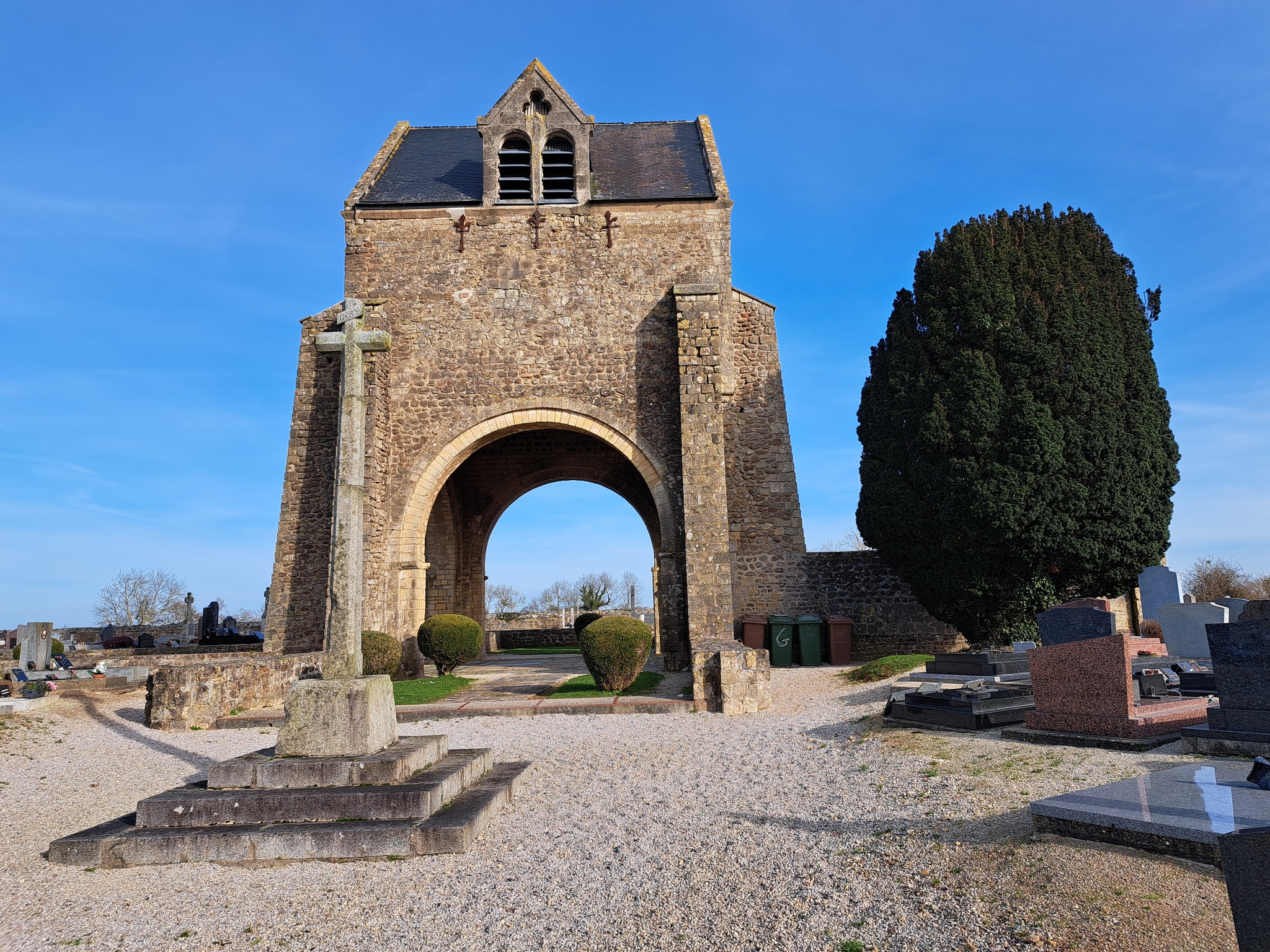
A heroic stand by 182 paratroopers of 3rd Battalion, 507th Parachute Infantry Regiment. 17 of whom along with 26 French civilians were murdered by 17th SS Panzergrenadiers.
During the night of 5th-6th June 1944 American paratroopers jumping into Normandy were scattered about the countryside missing their intended drop zones. Over 150 of them landed in the Carentan Marshes up to 18 miles South East of their target at Amfreville. By daylight on the morning of the 6th June the paratroopers started to gather around the village of Graignes and its church which stood on a hill overlooking the marshes.
The senior officer present, Major Charles D Johnston realised he was deep behind enemy lines and decided to remain where he was and defend Graignes. The local French people called a town meeting and decided unanimously to help the paratroopers. Teams of men, women and children cooked meals or searched the marshes to retrieve valuable weapons and equipment.
On Saturday 10th June German soldiers of 17th SS Panzer Grenadiers discovered the Americans, on 11th June they attacked with great force supported by a punishing mortar barrage. The paratroopers fought off attack after attack until the late evening when they were finally overrun and the Germans entered the village. Major Johnston had been killed, his successor Captain Brummitt, ordered his men to disperse into the countryside and try to reach American lines.
The Battalion Surgeon Captain Abraham Sophian and two medics stayed with the wounded men in the church surrendering to the Germans by waving a white flag. They were all killed by the Germans. The Germans rounded up the remaining civilian population, 26 people including two priests and shot them. The town was ransacked and set alight. 66 homes, the church and the school were destroyed.
In all 32 Americans were killed in the battle 150 survived. Their sacrifice was not in vain. By drawing the Germans towards Graignes the 17th SS were delayed in their advance on the key town of Carentan. They did not arrive until after it had been captured by 101st Airborne Division on 12th-13th June.
The ruined church now stands as a permanent memorial to the victims, but also to the survivors of the battle.
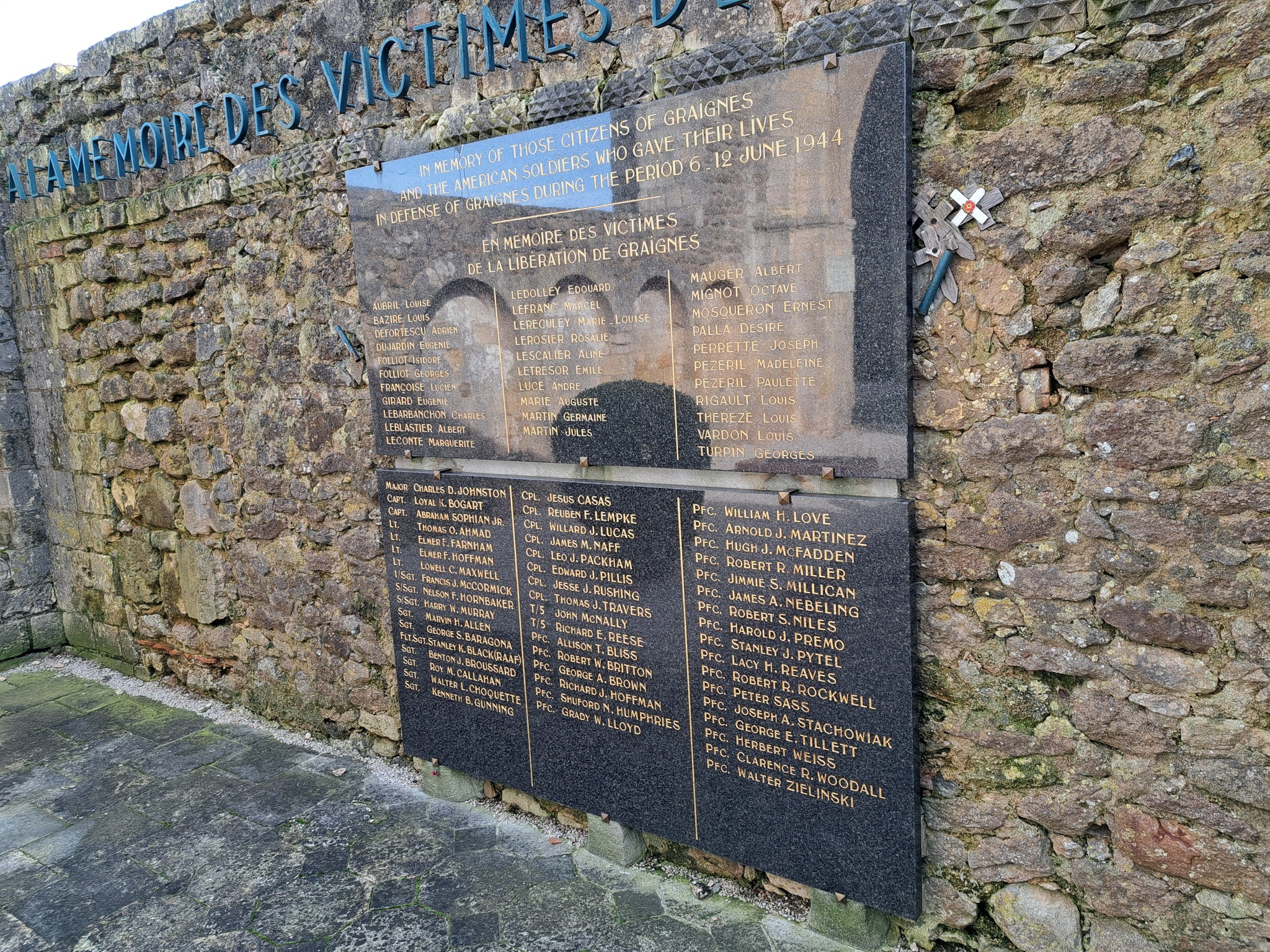
The victims of the liberation of Graignes.
Curiously one victim was Flt Sgt Stanley Black of the Royal Australian Airforce. Black had been the Bomb Aimer of a Lancaster Bomber which had crashed nearby. Black had baled out and survived. He fell in with the Americans and fought alongside them.
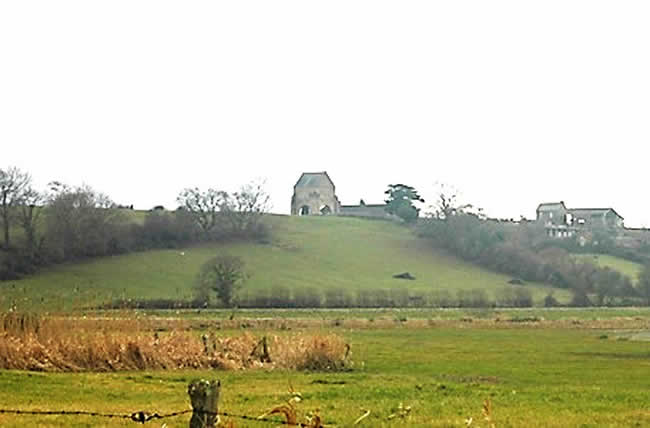
Looking from the marshes towards Graignes, it is clear how the village and the church became an obvious place for the scattered paratroopers to gather together.
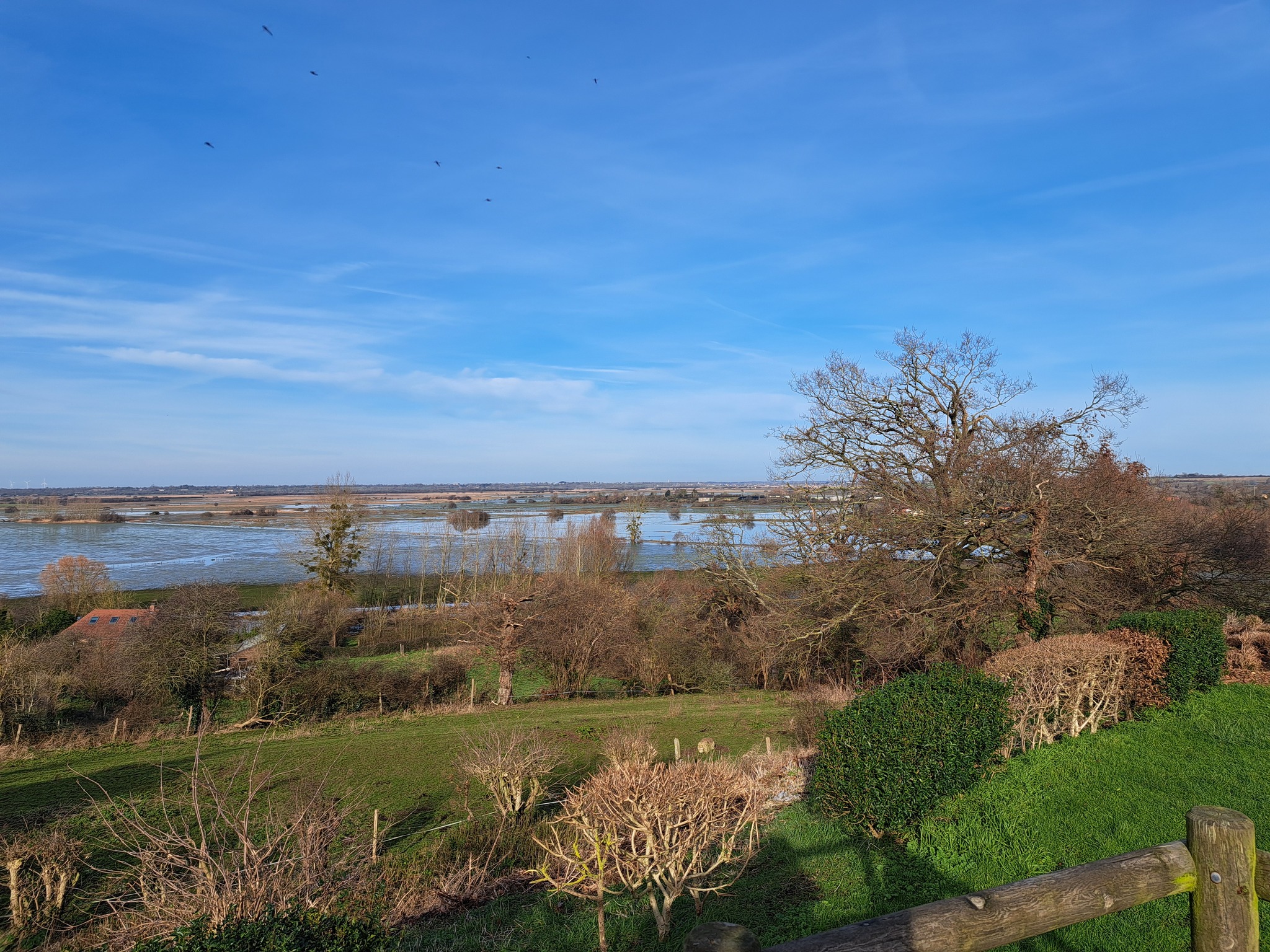
The view from the hillside northwest across the marshes towards Carentan.
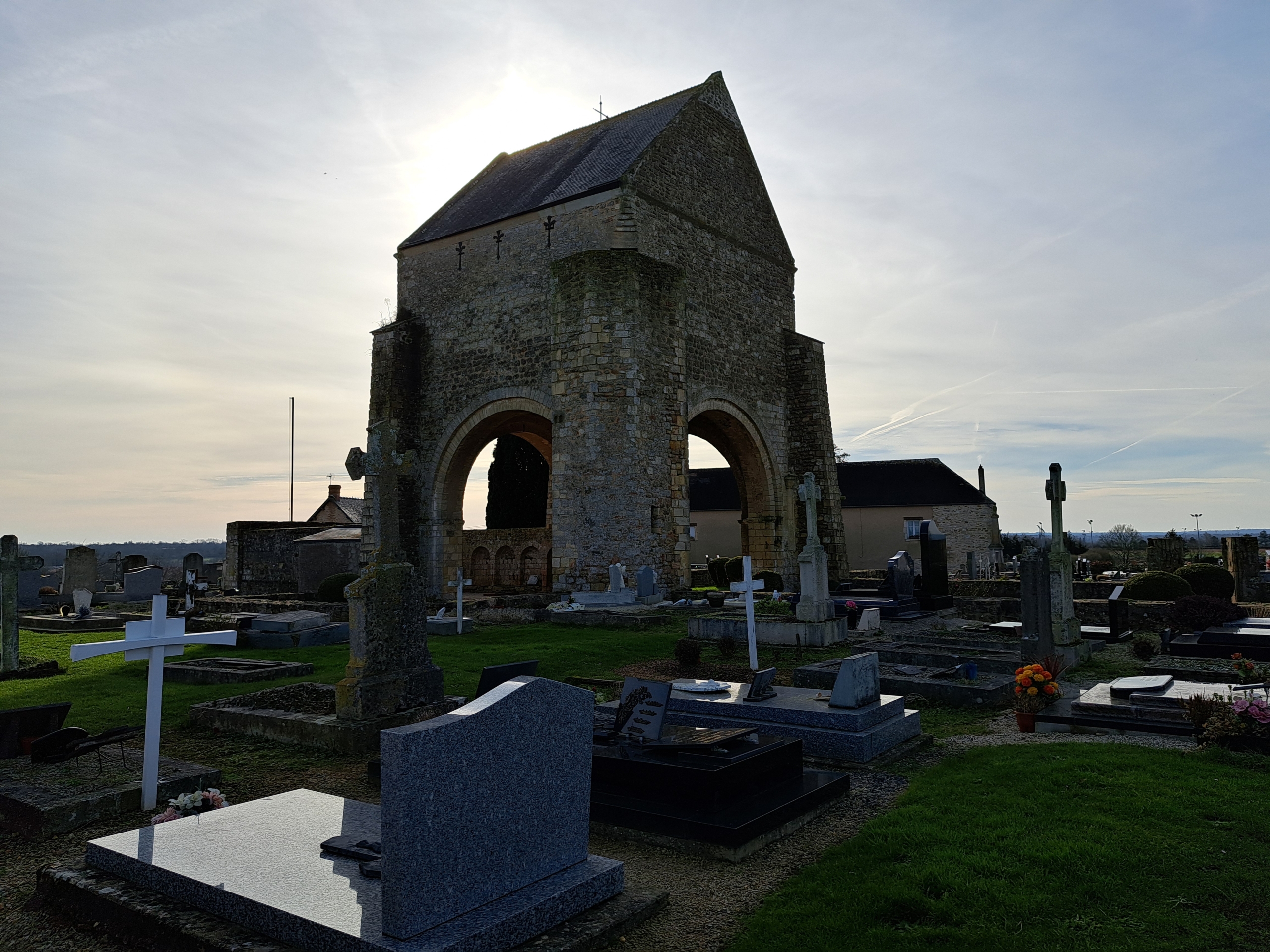
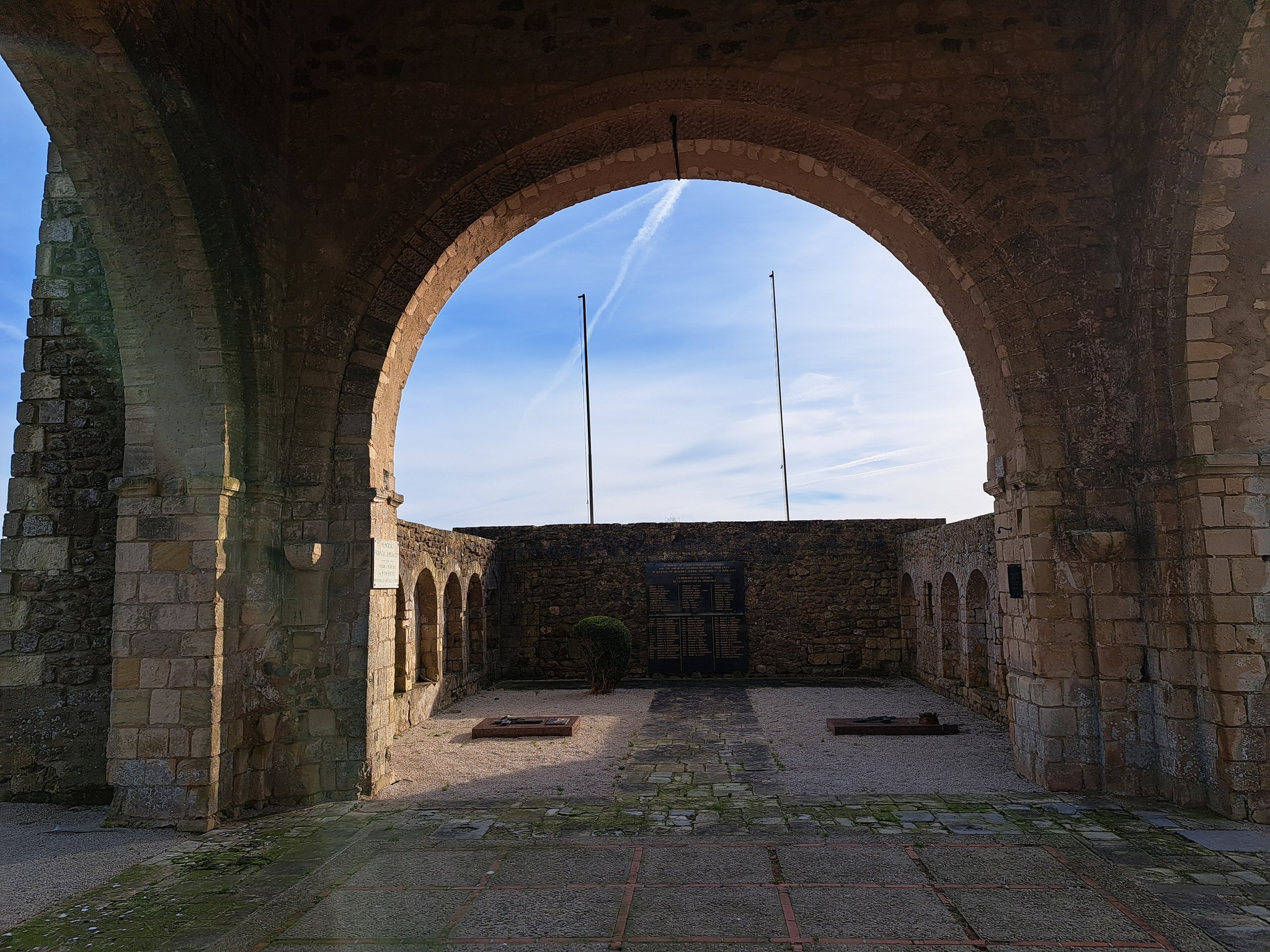
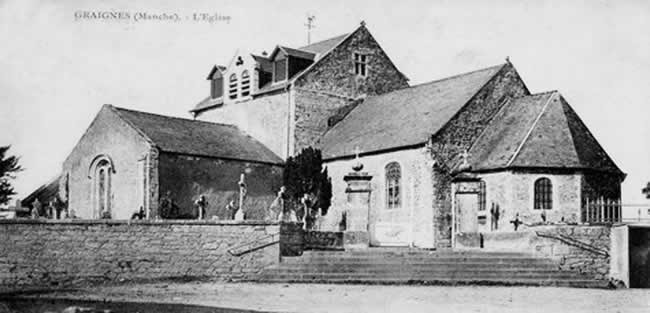


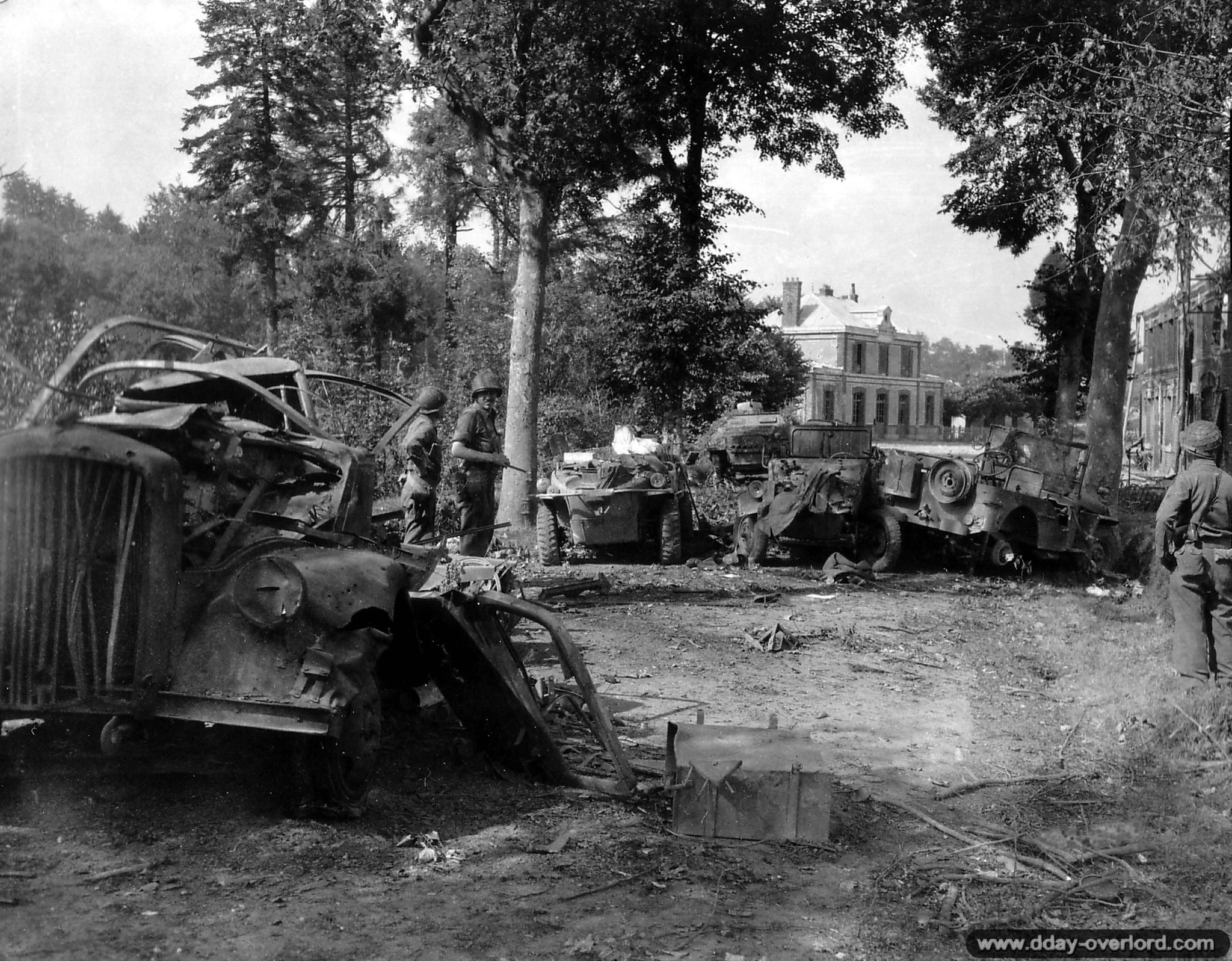
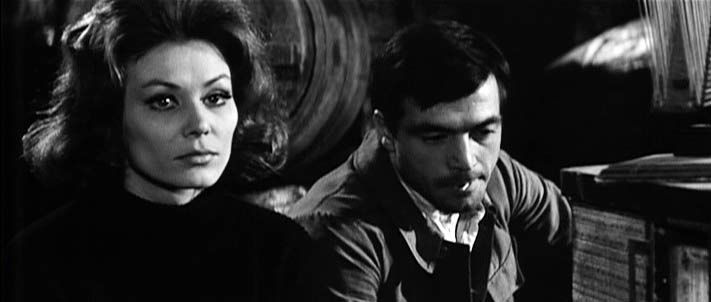
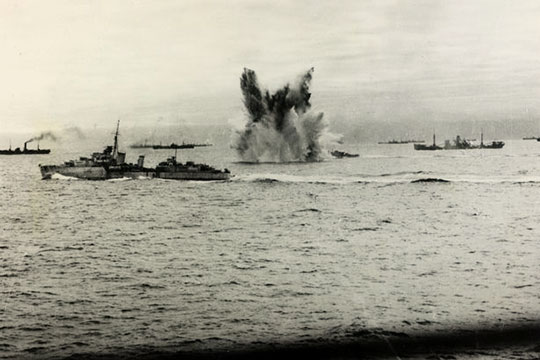

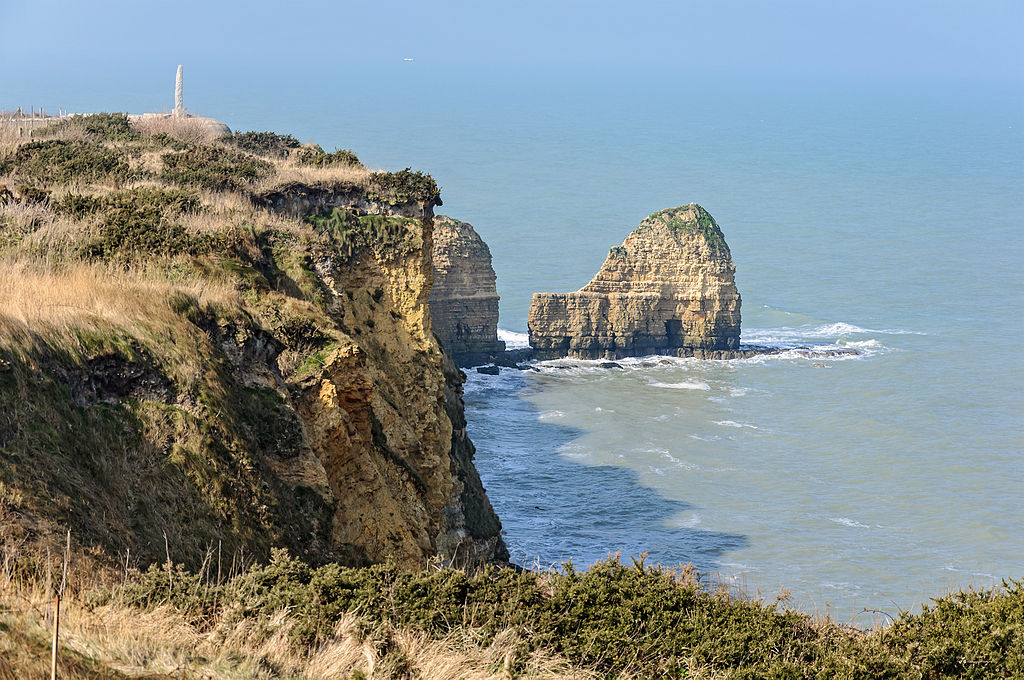
Leave A Comment